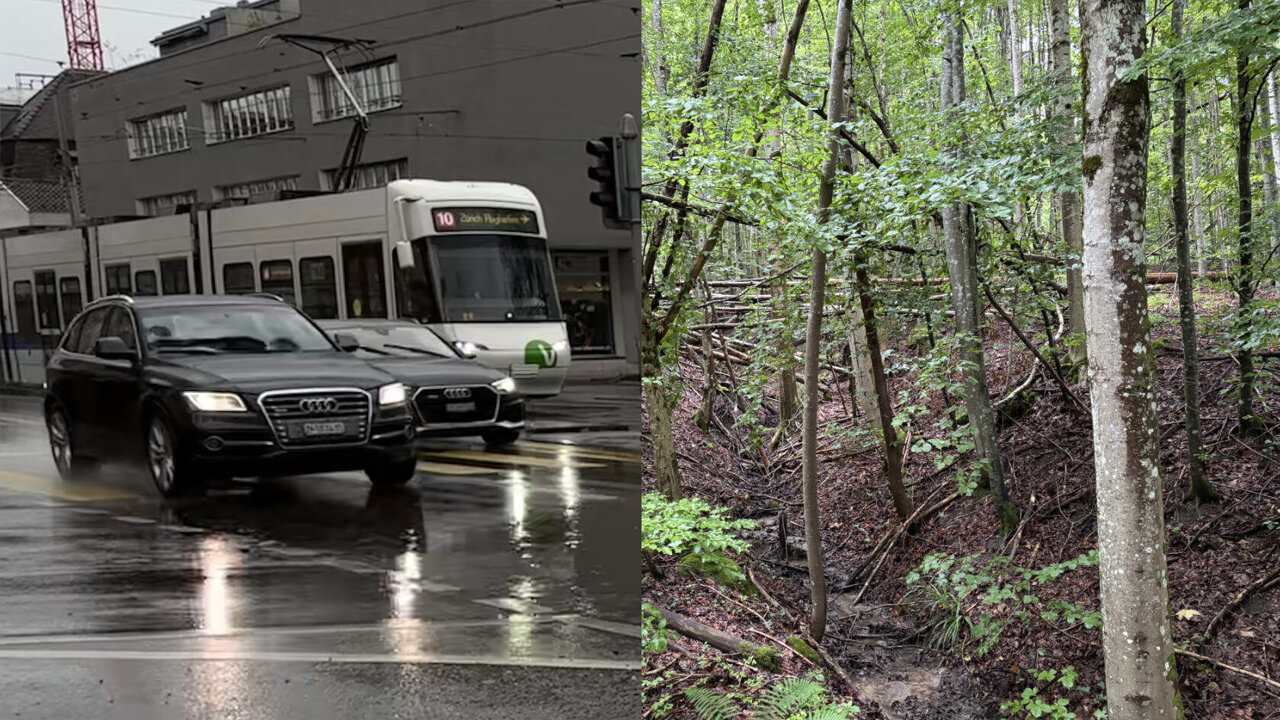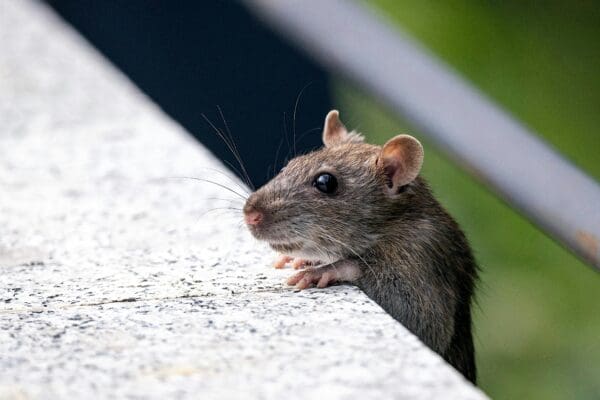Environment and Health: The Hidden Link in Climate Change Conferences
The Interconnectedness of Climate, Environment, and Health

In a recent conversation, Sandra Hacon, a researcher at Fiocruz and an environmental health specialist, shared her insights on the critical link between climate change, the environment, and public health. With over two decades of experience in this field, Hacon has focused on understanding how ecological changes impact human well-being. Her work spans various domains, including biology, ecology, and public health, and she is actively involved in several scientific panels and networks that address environmental and health issues.
Hacon's research has centered on the effects of climate change on health, particularly how social determinants exacerbate these impacts. She has studied deforestation, ecological transformations, and inequalities, examining how they influence the spread of viruses, vectors, and other biological agents across different regions.
A Holistic Approach to Environmental Health
Hacon's background in biology and ecology has shaped her perspective on the importance of integrating environmental and health considerations. She emphasizes that human well-being is intrinsically tied to a healthy environment. At Fiocruz, her work focuses on environmental health, which involves assessing the impacts of large-scale projects and ongoing environmental changes.
Deforestation in the Amazon, for instance, is not just an environmental issue but part of a broader process of degradation. This includes changes to the hydrological cycle, pollution, loss of biodiversity, and illegal mining. These factors collectively affect the region's ecosystems and, by extension, human health.
The Role of Politics in Environmental Health
During COP30 in Belém, Hacon noted that while climate discussions are central, politics plays a significant role in shaping environmental outcomes. She pointed out that Brazil, like many other countries, often waits for crises to occur before taking action. This reactive approach has led to devastating natural disasters in various regions, including Rio Grande do Sul, São Sebastião, Petrópolis, and Rio de Janeiro.
Health, however, remains a latecomer in climate change discussions. Until the fourth report of the Intergovernmental Panel on Climate Change (IPCC), health was largely overlooked. Hacon argues that this separation is artificial, as health and the environment have always been interconnected. Indigenous communities, riverine populations, and quilombolas have long understood this connection, yet it is only recently that scientific discourse has begun to recognize it.
The Impact of Environmental Changes on Disease
Environmental changes significantly influence the spread of diseases. Viruses, such as the Oropouche virus, respond to environmental pressures like temperature, humidity, and ecological shifts. As these conditions change, viruses mutate, finding new environments where they can thrive. Dengue fever is a prime example: rising temperatures create ideal conditions for the Aedes aegypti mosquito and the virus to multiply rapidly, leading to outbreaks.
Similarly, chikungunya has seen increased cases in Latin America, linked to imbalances in rainfall and extreme weather events. These changes facilitate the faster circulation of viruses, bacteria, and fungi, posing new challenges for public health.
Preparing for the Climate Crisis
Institutions like Fiocruz are developing new vaccine platforms to address emerging threats. However, healthcare systems are still unprepared for the speed and scale of climate-related health challenges. Hacon highlights the need for proactive measures, including early warning systems, integrated surveillance, and coordinated responses.
Prevention remains a weak point in Brazil and Latin America. The culture of reacting after the fact must shift toward anticipatory actions. Initiatives like the app developed by Márcia Chame, which helps monitor wildlife deaths, demonstrate the potential of technology in preventing epidemics. Such tools are crucial for tracking diseases that may not have clear indicators.
The Need for Political Action
Despite having the technical capacity and resources, Brazil lacks the political will to implement effective climate and health policies. Hacon points out that while there are excellent institutions and researchers, the country remains in a holding pattern. This is evident at events like COP30, where the connection between climate, environment, and health is often overlooked.
High temperatures and humidity during the conference have affected attendees, highlighting the direct impact of climate on health. People with chronic conditions, such as hypertension or diabetes, are particularly vulnerable. Hacon emphasizes the urgent need to place health at the center of climate discussions, as the evidence is clear and the consequences are dire.
Conclusion
The integration of climate, environment, and health is essential for addressing the complex challenges of our time. Through research, innovation, and political commitment, it is possible to build a more resilient future. Hacon's work serves as a reminder that the health of our planet and its people are deeply intertwined, and that proactive, holistic approaches are necessary to safeguard both.


